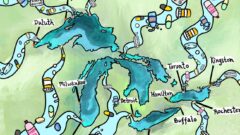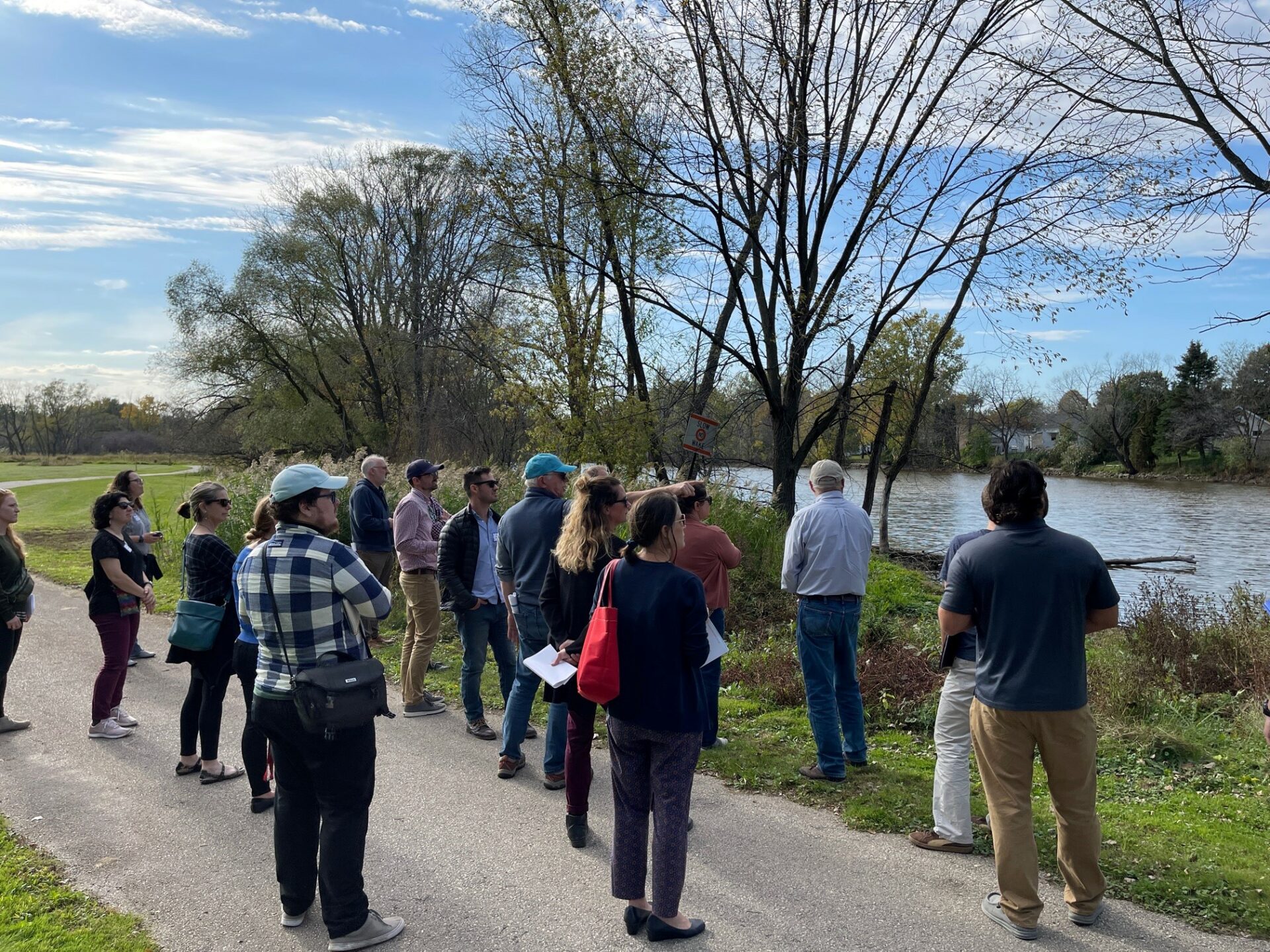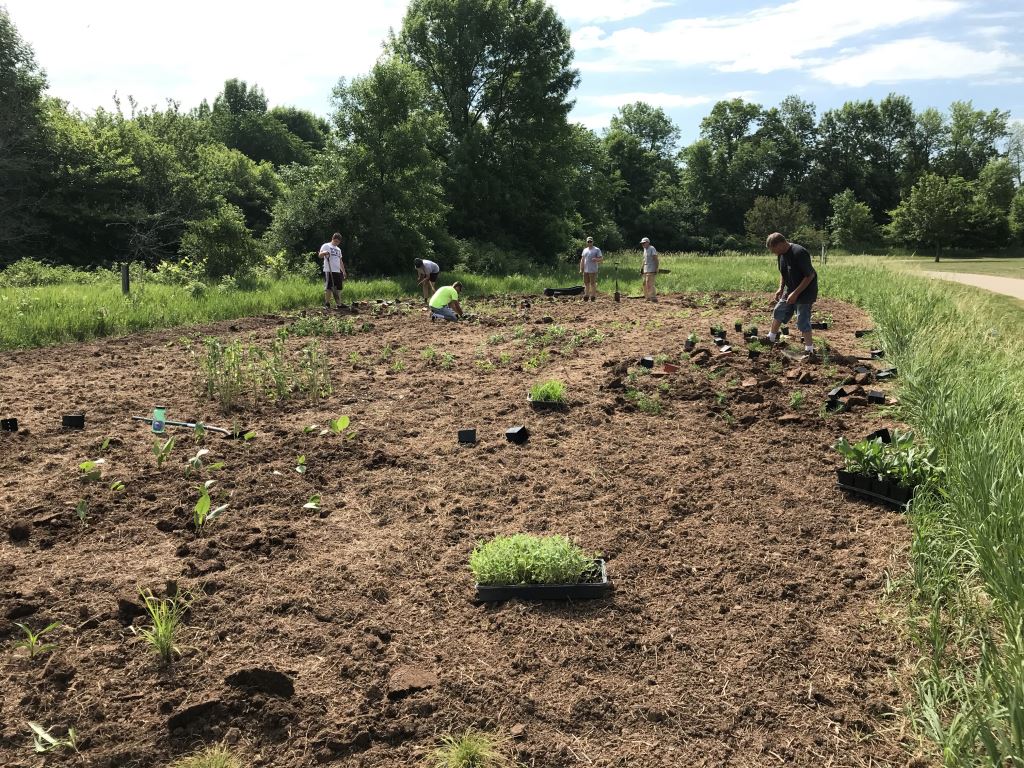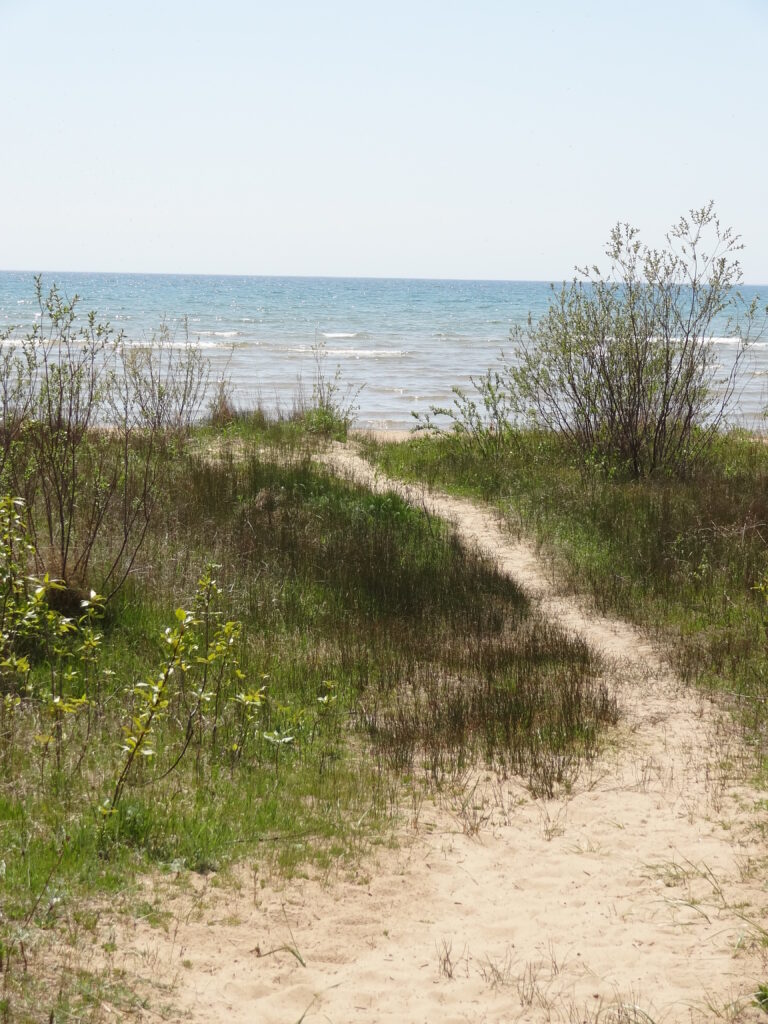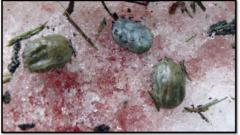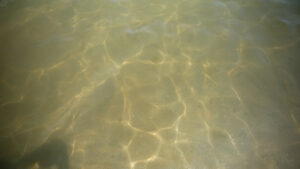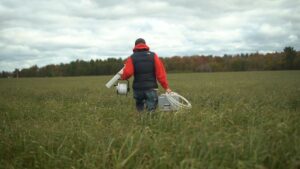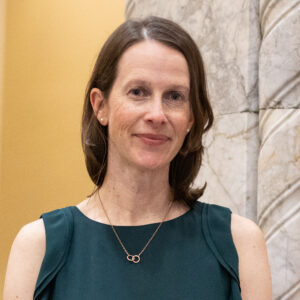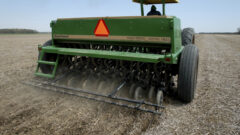Indiana attorney general fights EPA rule that would reduce pollution on Indy’s west side
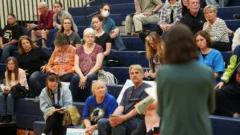
By Enrique Saenz, Mirror Indy
Mirror Indy is a part of Free Press Indiana, a nonprofit news organization dedicated to ensuring all Hoosiers have access to the news and information they need.
A controversial plan to build a 200-acre retail development along the Indianapolis border with Greenwood is on hold after a state agency denied the developer’s permit application.
Great Lakes Now
https://www.greatlakesnow.org/2024/06/indiana-attorney-general-fights-epa-rule-that-would-reduce-pollution-indys-west-side/

